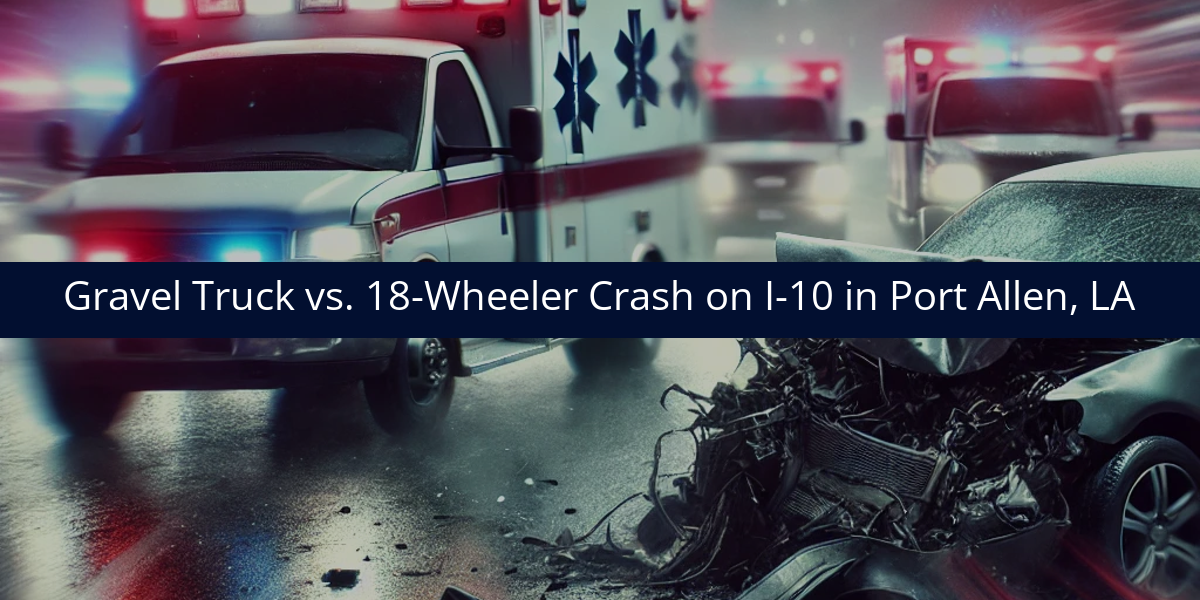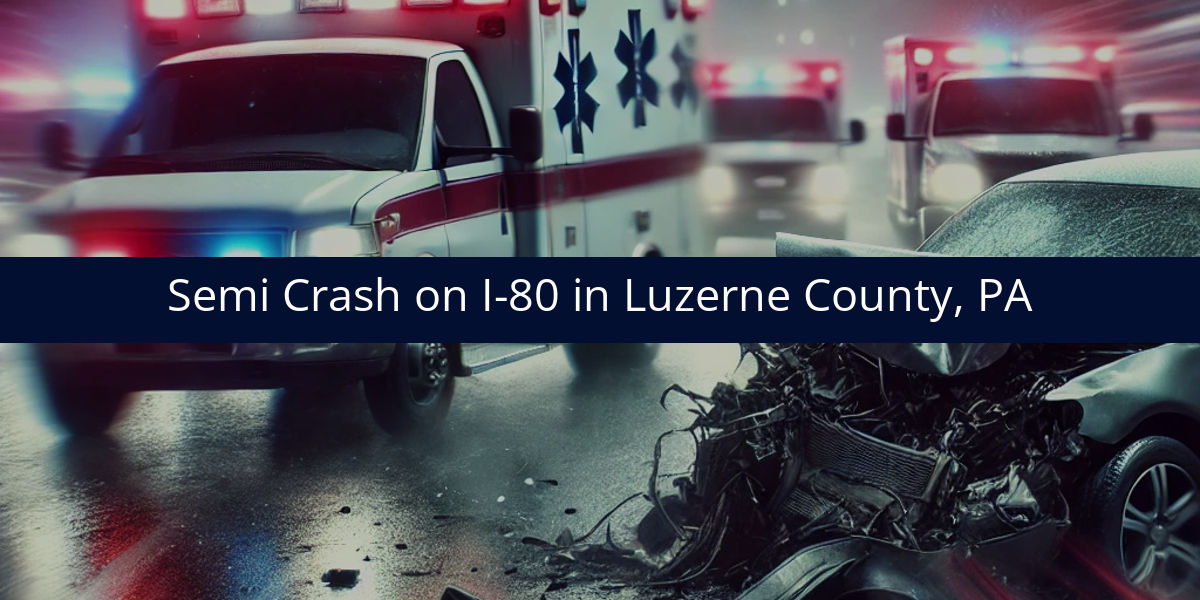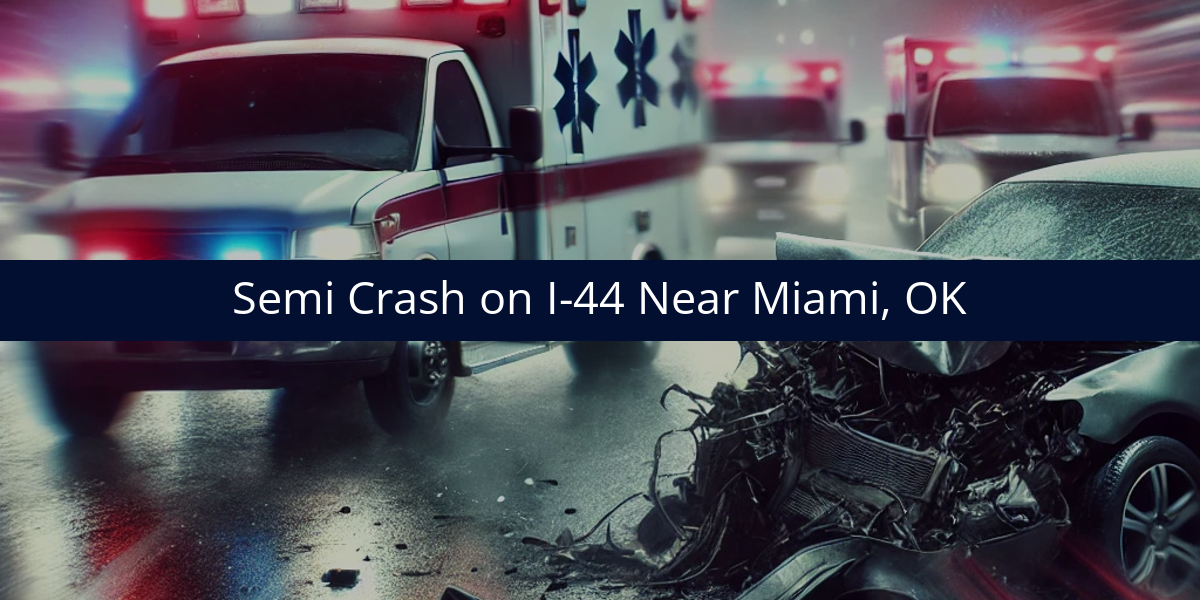A crash on I-80 East in Luzerne County left one person dead and several others seriously injured on Sunday night. According to Pennsylvania State Police, the collision occurred around 8:30 p.m. and involved two cars and a tractor-trailer. The wreck shut down all eastbound lanes between Exit 262 and Exit 273 for several hours. Authorities confirmed that Amode Quadik Allen was killed, and multiple others were transported with serious injuries.
When I see a crash like this involving both passenger vehicles and a semi, I immediately think about how quickly things can go wrong when a commercial truck is part of the chain of events. Even if only one mistake is made, the size and weight of a semi can make the consequences far more severe than in most passenger-only collisions.
Could Distraction or Fatigue Have Played a Part?
This crash happened in the evening, a time when fatigue may weigh heavily on drivers. Investigators will want to review the truck driver’s hours-of-service records to see if he had been on duty for an extended stretch. They’ll also need to look into possible distractions, such as a phone, GPS adjustments, or even eating while driving, that could have led to delayed reaction times. Eyewitness accounts or dash camera footage will be important for establishing whether the semi drifted, braked late, or was otherwise not in proper control at the time of the crash.
Were Mechanical Issues to Blame?
Any time a semi is involved in a major collision, it’s necessary to rule out mechanical problems. Investigators will likely inspect the truck’s braking system, steering components, and tires. A sudden tire blowout, brake fade, or steering failure could cause a loss of control. Reviewing maintenance records will help show whether the vehicle was properly serviced and if any mechanical warning signs were ignored.
What Evidence Should Be Examined?
Engine Control Module (ECM) data can provide valuable insights into the truck’s behavior in the moments leading up to impact, including speed, brake application, and throttle use. Physical evidence such as skid marks, debris patterns, and the final resting positions of all vehicles will also be critical in reconstructing the crash. Additionally, roadside cameras or dashcams from nearby vehicles may help provide more context.
Why a Full Investigation Is Necessary
When a crash results in a fatality and multiple serious injuries, every factor must be carefully reviewed. From driver condition and vehicle performance to roadway conditions and traffic conditions, a thorough investigation is the only way to ensure accountability is assigned where appropriate and provide those affected with answers.











